Science Worksheets All Cells
Science worksheets about All Cells are an essential learning tool for students studying cells in their science classes. These worksheets provide a comprehensive and organized way for students to explore the fascinating world of cells, covering topics such as cell structure, organelles, and cell functions. Science teachers can choose the best worksheet that presents attractive cell images to students. So, use these worksheets now and let children understand the cell easily!
Table of Images 👆
- Plant and Animal Cell Coloring
- 7th Grade Life Science Worksheets
- Biology Cell Organelles Worksheet
- 7th Grade Life Science Worksheets
- 5th Grade Science Worksheets
- Anatomy and Physiology Worksheets
- Ecology and Ecosystems Worksheets
- Active vs Passive Transport Worksheet
- Prokaryotic Cell Diagram Worksheet
- Electricity Worksheets 4th Grade
- Animal Needs Worksheet
- Human Blood Types Worksheet
- Prokaryotic Cell Division Flow Chart
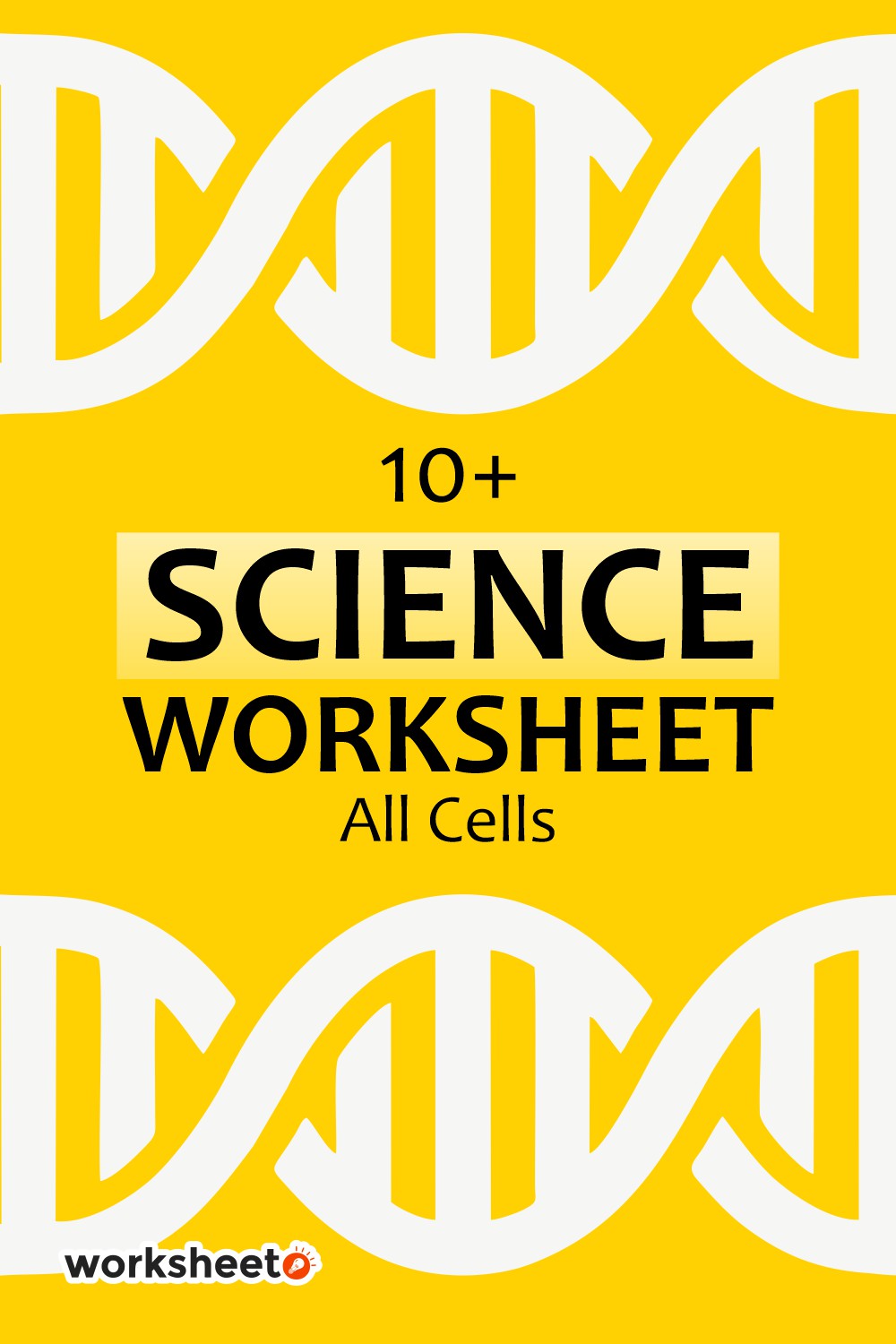
Understanding cell biology can be quite engaging for students, and our 8th-grade science scientific method worksheets offer a comprehensive approach to learning about all cells.
More Science Worksheets
6 Grade Science WorksheetsScience Heat Energy Worksheets with Answer
Science Worksheets Light and Sound
1st Grade Life Science Worksheets
7th Grade Science Cells Worksheets
Worksheets Life Science Vocabulary
8th Grade Science Scientific Method Worksheet
Science Worksheets All Cells
5th Grade Science Mixtures and Solutions Worksheets
With a wide range of exercises and activities, the Science Worksheets about All Cells offer an engaging way for students to deepen their understanding of science, especially for Biology subjects. Let's dig more!
What is A Cell?
Every living thing on this Earth is built from cells. What is a cell? A cell is the tiniest fundamental unit of life. According to the British Society for Cell Biology, Robert Hooke proposed the term "cell" in 1665 after utilizing the primeval microscope to analyze a cork.
"Cell" comes from the Latin word "cella", which means a "store-room" or "chamber". The suggested name made sense since a cell is a chamber for many things that control the living thing.
What are The Types of Cells?
Based on the structure of the cell, biologists divide living things into two types; prokaryotes (bacteria) and eucaryotes (all types of animals and plants). The cell has a form similar to a tiny bag with an outer jacket called the membrane.
Inside the membrane, there is a miraculous unit for chemical progress. This chemical progress is the controller of living things' well-being.
A cell has three elements (nucleus, membrane, and cytoplasm). Human have more than one hundred trillion cells in their system. The cell helps humans build the body, regain energy from food, control muscle, blood circulation, DNA replication, and more.
How to Teach Cell in Biology Class?
Teaching cells in Biology is a challenge for teachers. Many students are struggling in this chapter because of the foreign term they have to memorize and the complicated structure of the cell. So, to help science teachers teach cell biology class, we have the best tips.
- Before starting the lesson, the teacher might ask the students to watch a simple and fun video introduction to cells. The teacher can choose suitable videos from the internet.
- After that, ask the students what they learned from the video. The teacher should ensure all the students grasp the basic concept of what they will study.
- Proceed to give an explanation about the definition, parts, types, and differences of cells.
- The teacher can use various learning mediums to support the student's understanding. The best way is using Science Worksheets All Cells. These worksheets provide a cell image. So, it helps students to learn the cell parts easily.
What are The Tips to Make A Fun Cell Learning?
Mastering the cell chapter is essential for the students. It is the base for them to study more complex biology topics. Learning about cell also help the students to connect with themselves because cells are building a human.
It is the reason we are still alive today. The teacher should make cell learning exciting and fun for the students. Below are some tips for teaching cell:
- Explain the concept and function of the cell in simple and understandable terms.
- Ask the students to go to the biology lab to engage in little experiments using a microscope.
- Make a 3D model of the cell together.
- Give the membrane topic extra time for learning.
What is The Definition of Plant Cells?
A plant cell is the center of the life of the plant. The plant cells are eukaryotic, meaning an organelle and membrane are inside them. Three structural elements differentiate plant cells from other eukaryotic living things; the cell wall, chloroplast, and central vacuoles.
The cell wall protects the cell. They have a minuscule shape with a size of around 0,01 to 1.0 mm. Plant gain their energy through a process called photosynthesis. It is a process of turning carbon dioxide and water into "food" by utilizing sunlight.
This process occurs on the cell part called a chloroplast. Chloroplast is an organelle that has an essential role in the plant's well-being. Plants use the carbon dioxide from photosynthesis, and as a result, they release oxygen, which will help other living organisms live.
Since they can produce their food, plants are known as autotrophic. Some biologists also refer as photoautotrophic because plants use sunlight during photosynthesis.
All cells in plants work in tandem to keep water stocks. The water stocks support the growth and enable them to grow turgor pressure. The turgor pressure helps the plant have a solid structure to receive more sunlight.
How to Explain Animal Cells?
An animal cell is the primary life unit for creatures in the kingdom Animalia. The size of animal cells is around a few microns to some millimeters. Similar to plant cells, animal cells are eukaryotic cells.
Different from plant cells, animal cells do not have a cell wall or chloroplast. Animal cells are multicellular, meaning there are many cells that work collectively to build a complete living organism. Some popular cells in the animal are stem, intestinal, red blood, muscle, liver, and nerve cells.
Even though animal cells do not have a cell wall, they have solid structures to protect the tissue and organs inside their body called skeleton and cartilage. Some animal cells have a tiny vacuole to keep and transport large molecules.
There are many types of animals, and the cell structures of every animal are different. Some general organelles that most animal cells have are as follows.
- Nucleus
- Ribosomes
- Endoplasmic reticulum
- Golgi apparatus
- Lysosomes
- Mitochondria
- Cytoplasm
- Cytoskeleton
- Cell membrane
Animal cells have various shapes; flat, cylinder, spherical, concave, rectangular and more. One of the features of animal cells is their uneven shapes. It is because they do not have a cell wall.
Science Worksheets All Cells is the best tool to help science teachers teach cell structure, cell function, and cell membrane to students. A cell is the tiniest fundamental unit of life. The cell has a form similar to a tiny bag with an outer jacket called the membrane.
Mastering the cell chapter is essential for the students. It is the base for them to study more complex biology topics. Learning about cell also help the students to connect with themselves because cells are building a human.
Have something to share?
Who is Worksheeto?
At Worksheeto, we are committed to delivering an extensive and varied portfolio of superior quality worksheets, designed to address the educational demands of students, educators, and parents.


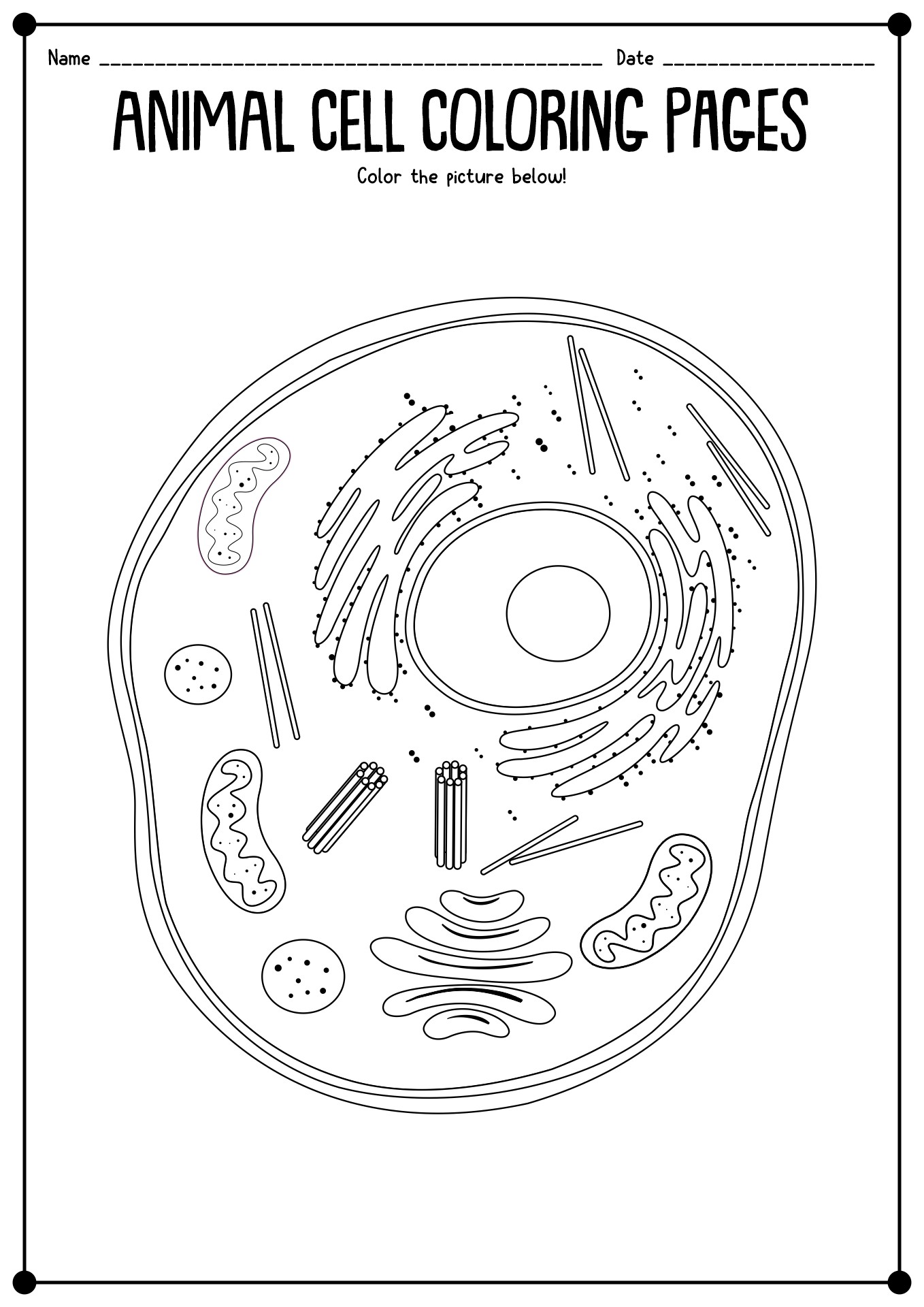


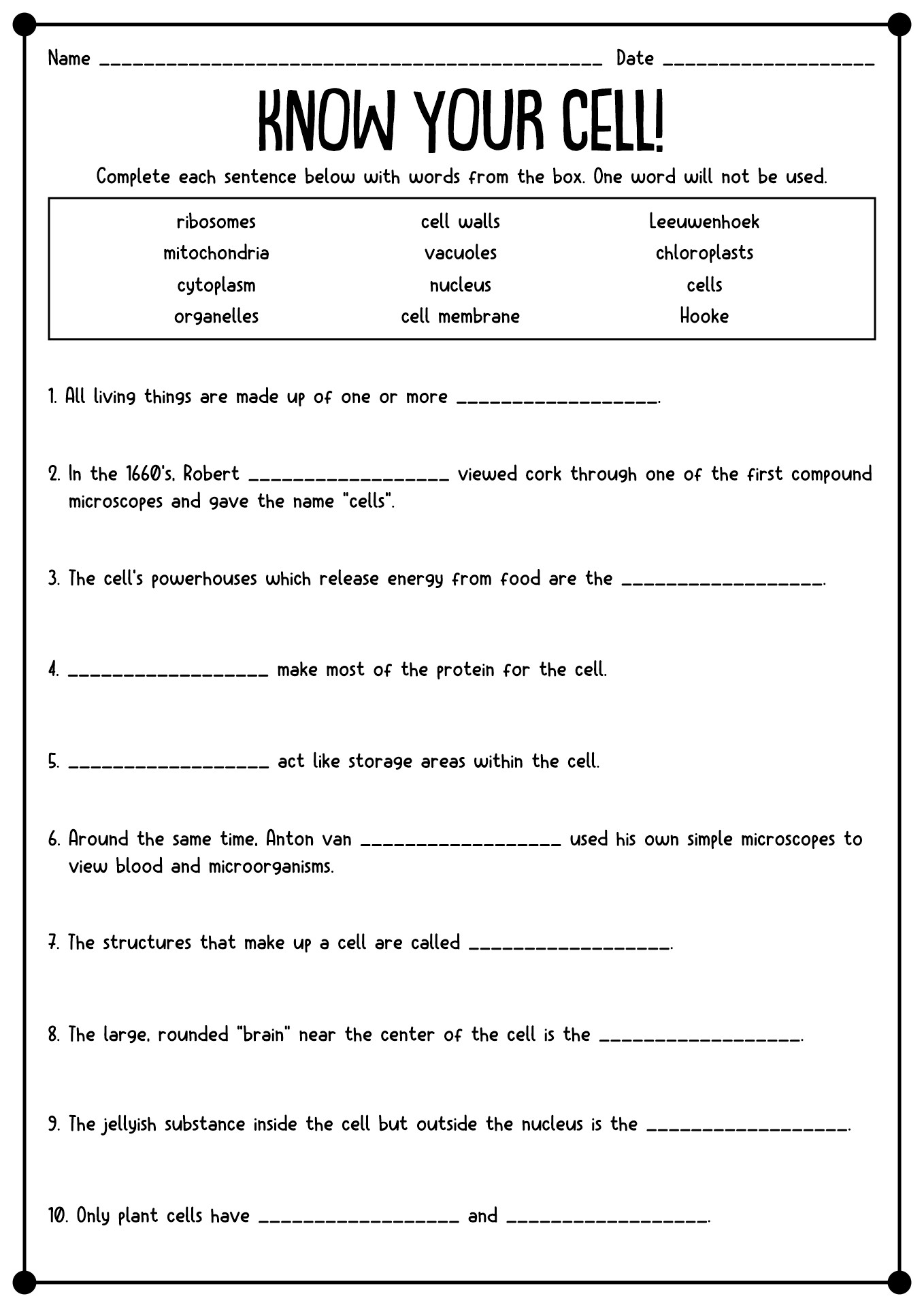
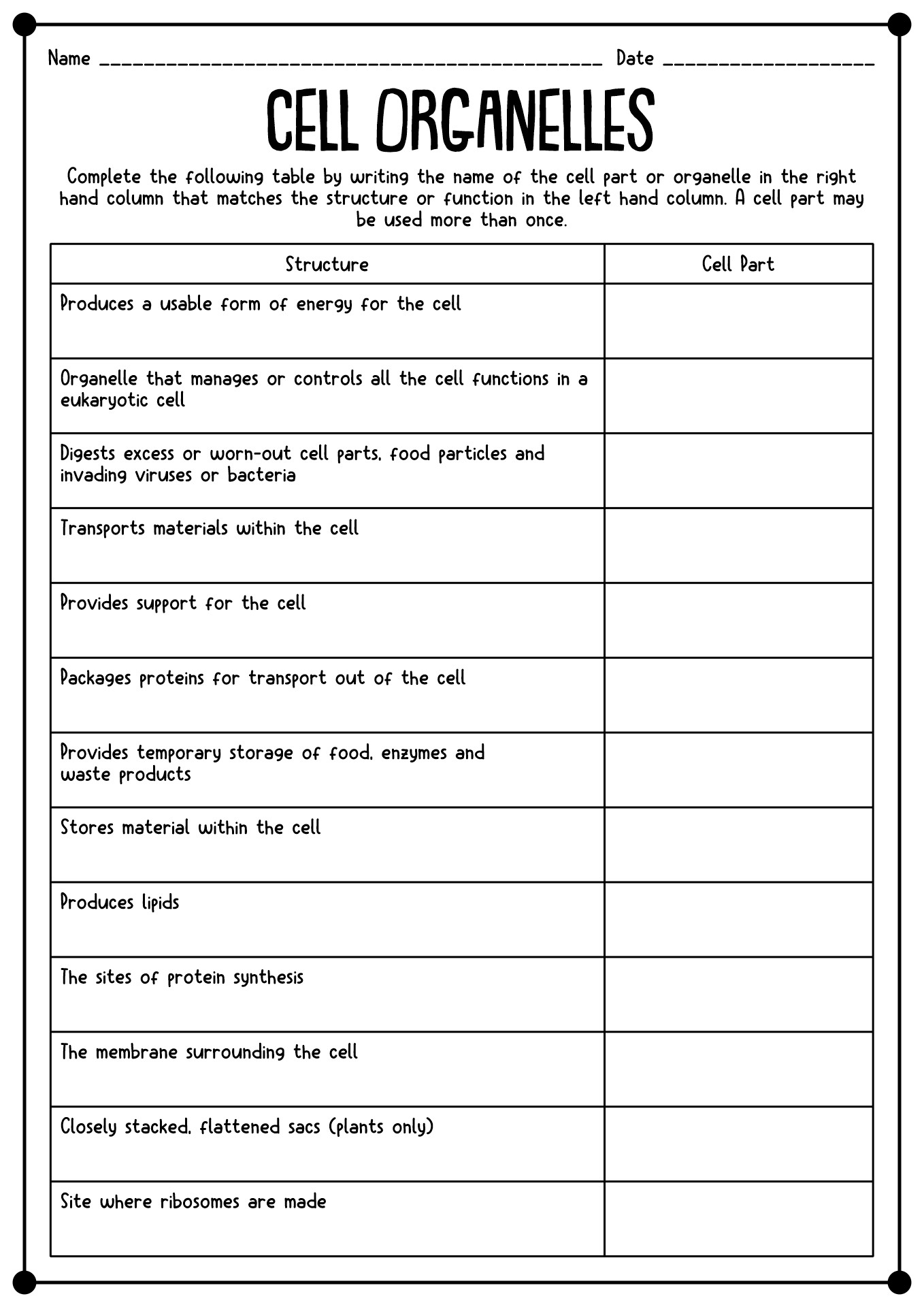
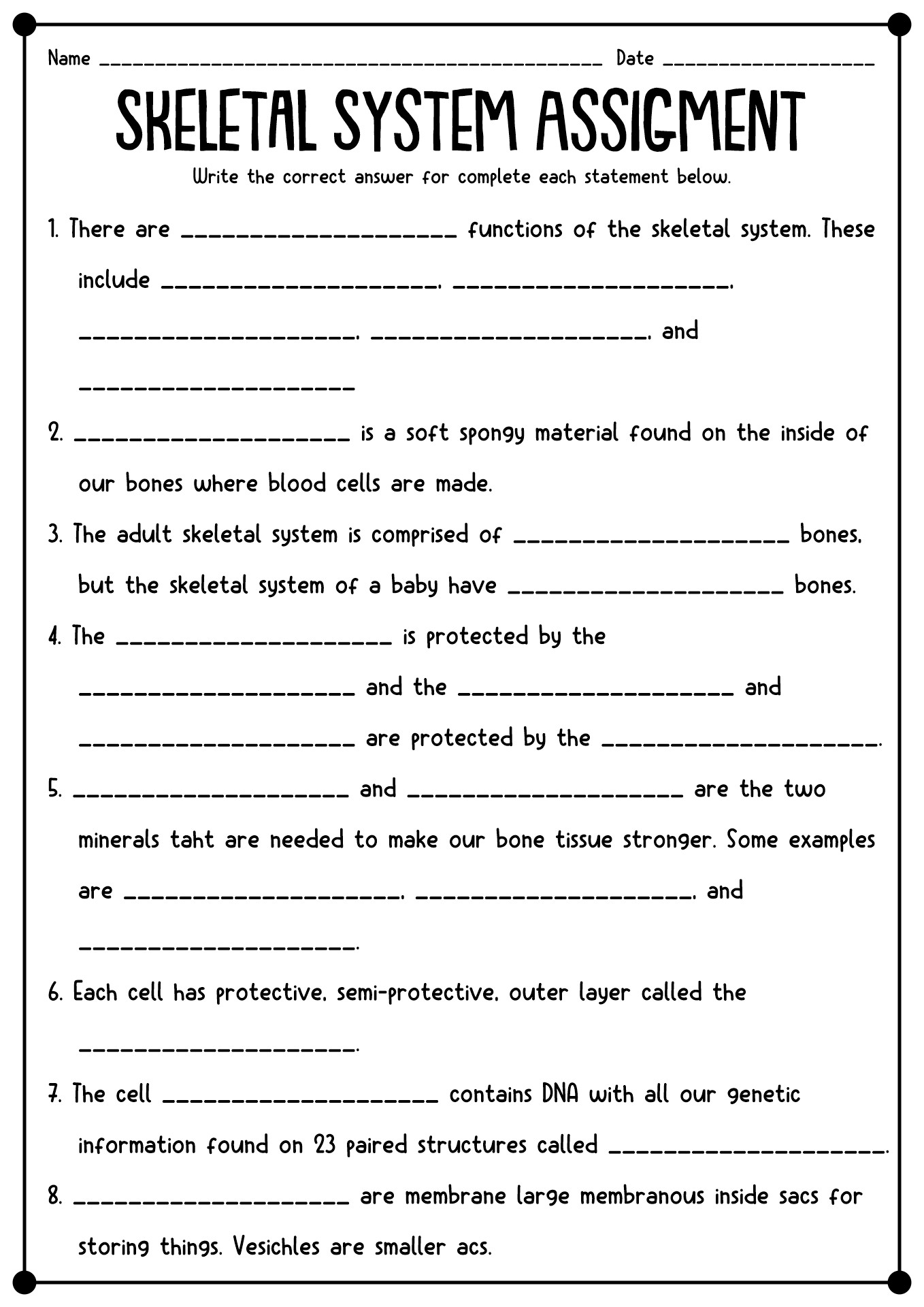
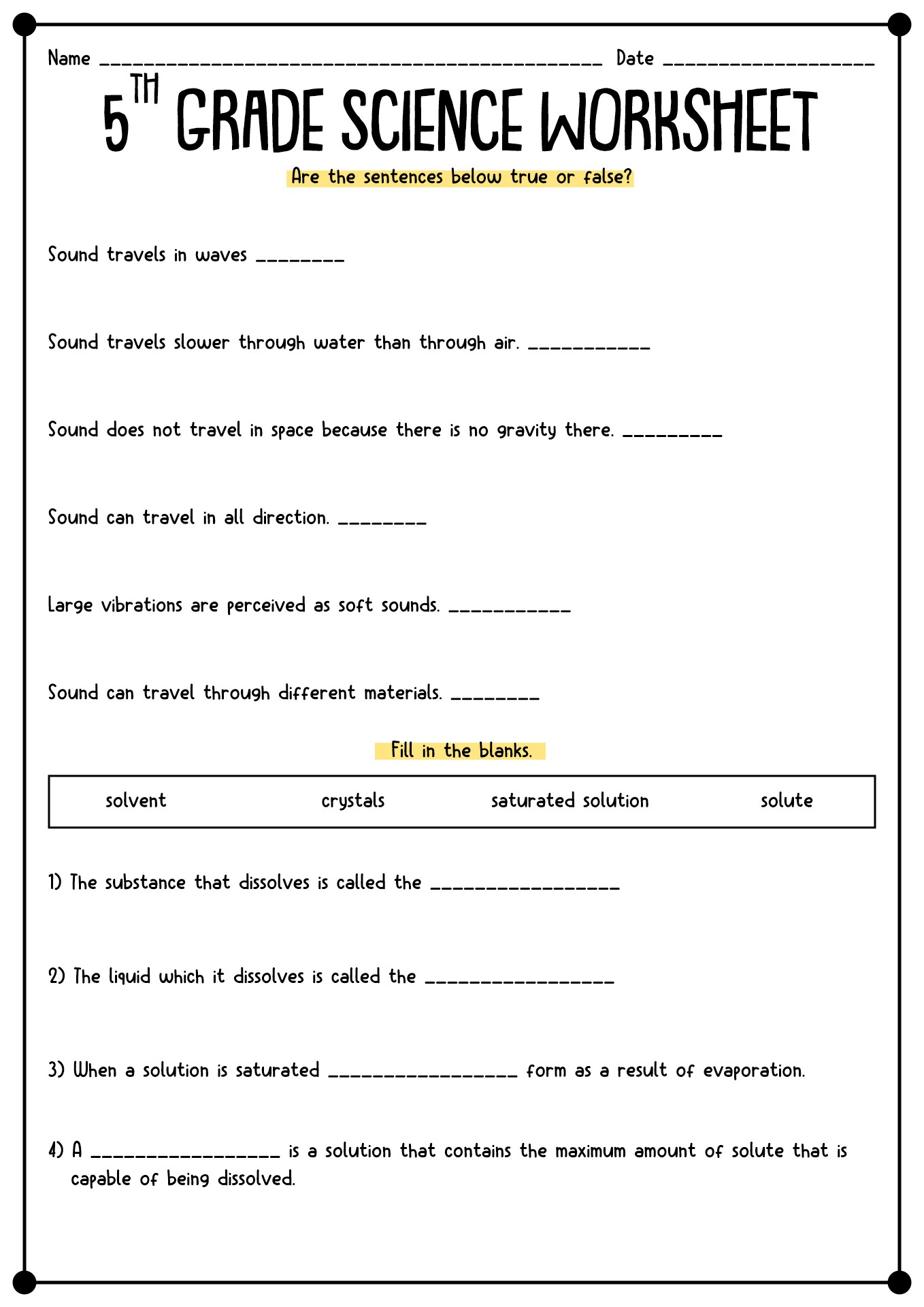
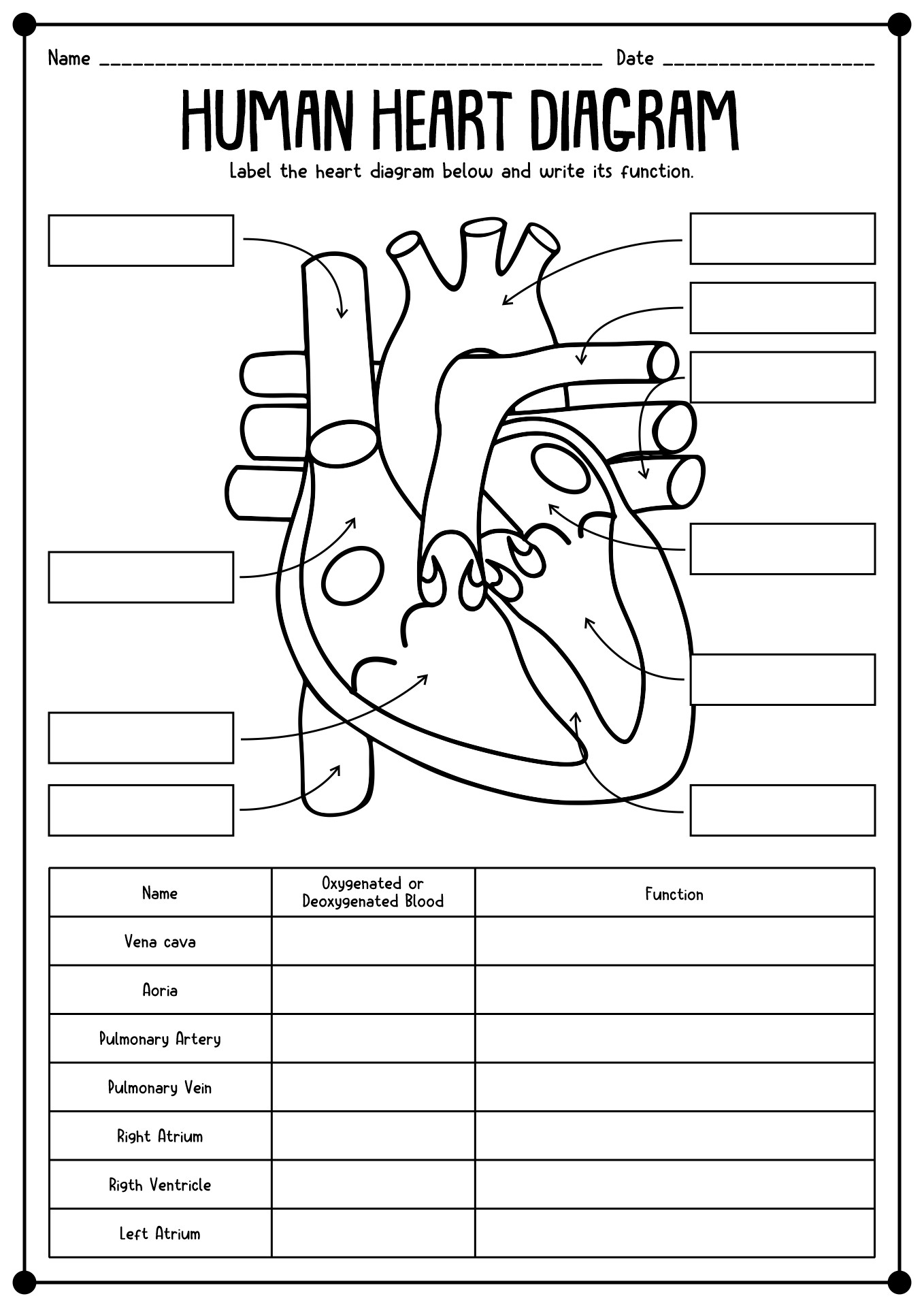
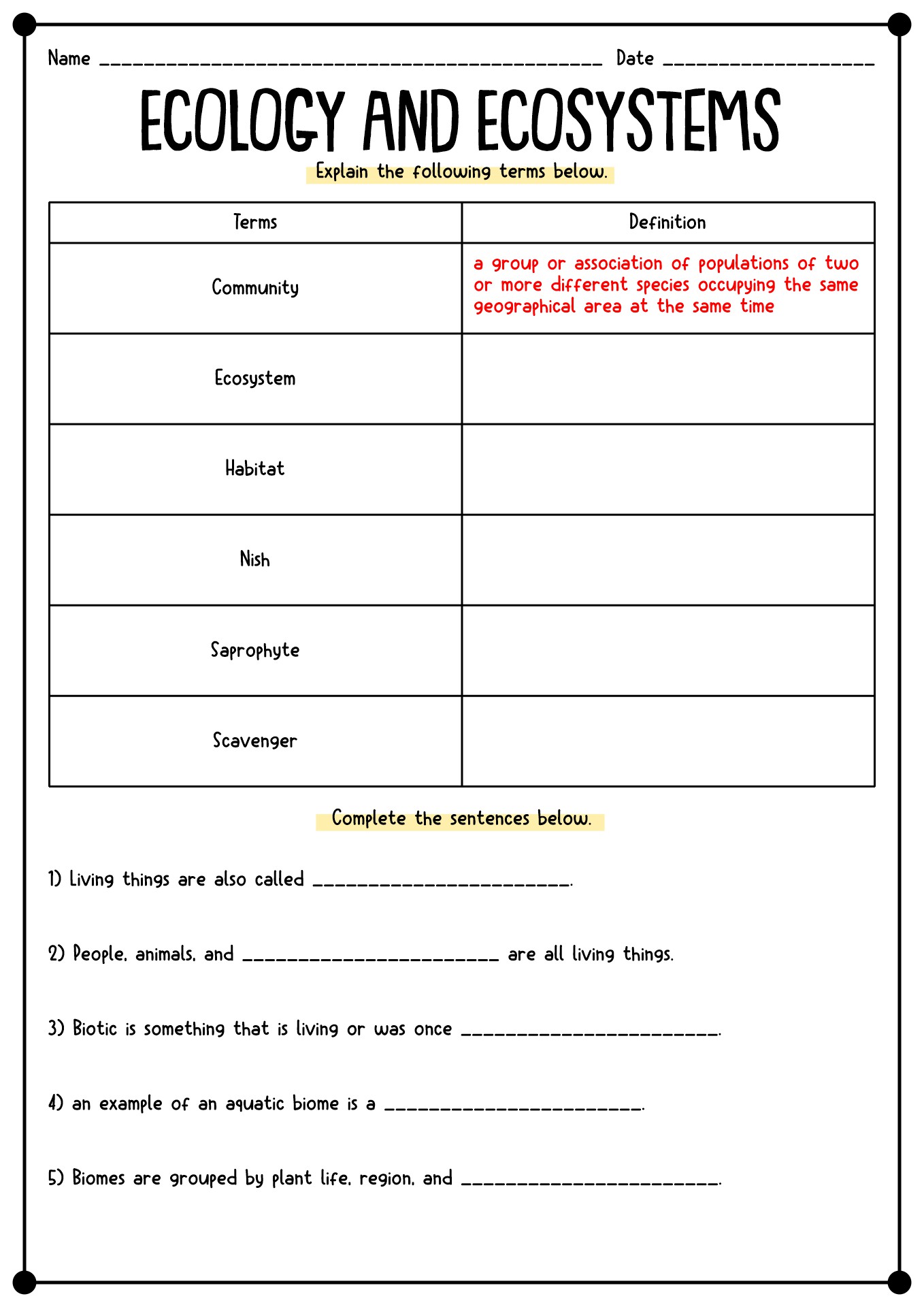
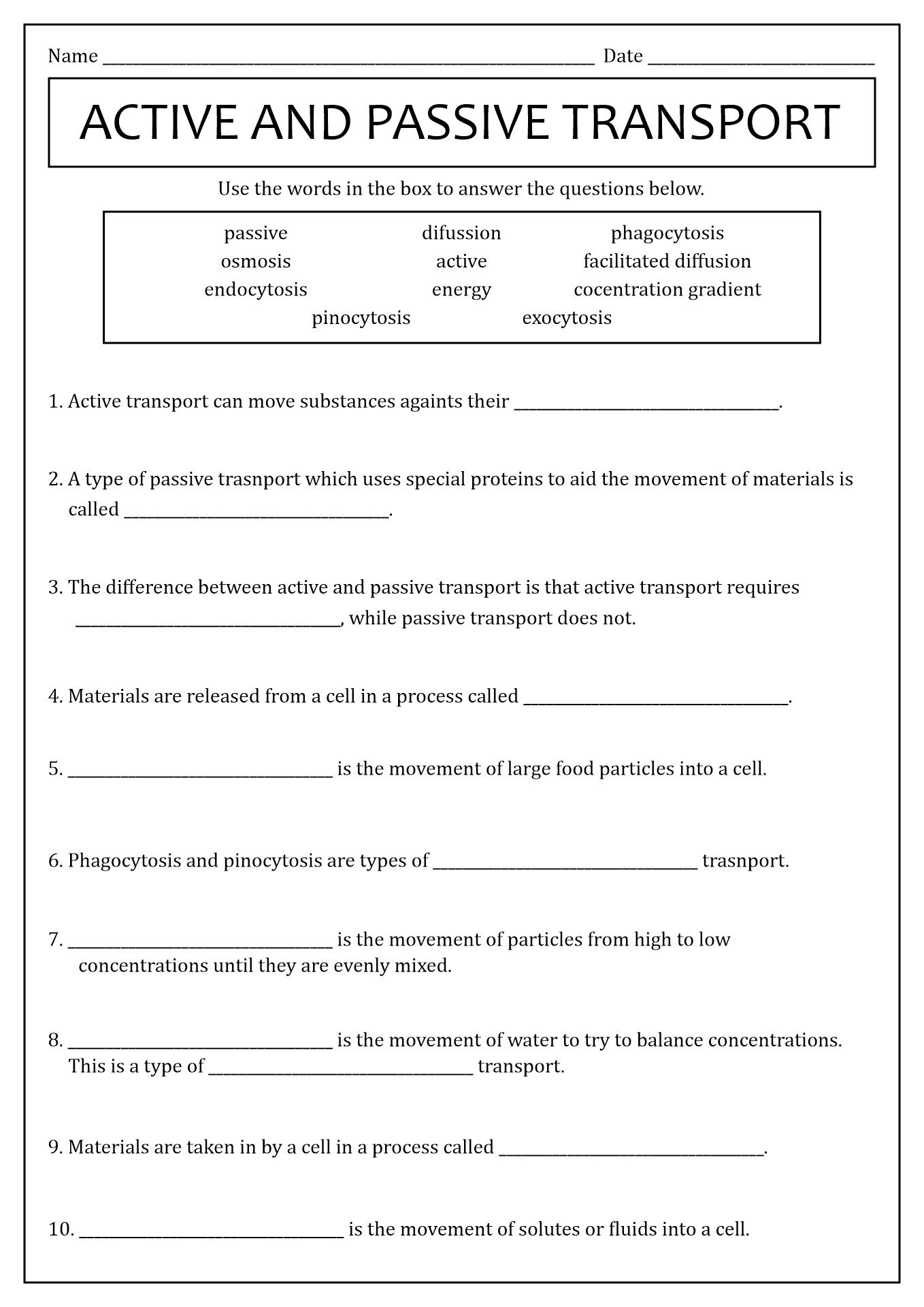
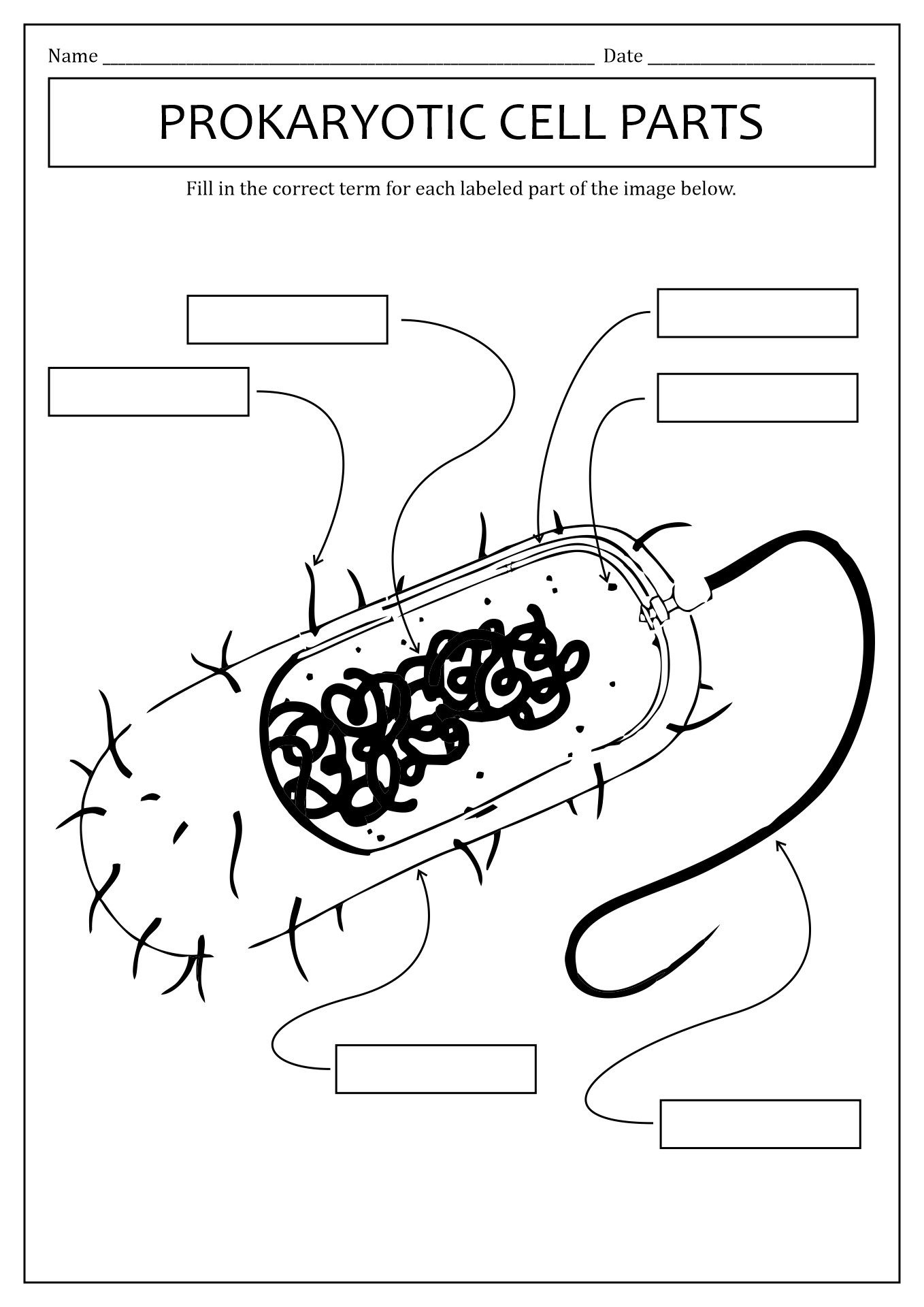
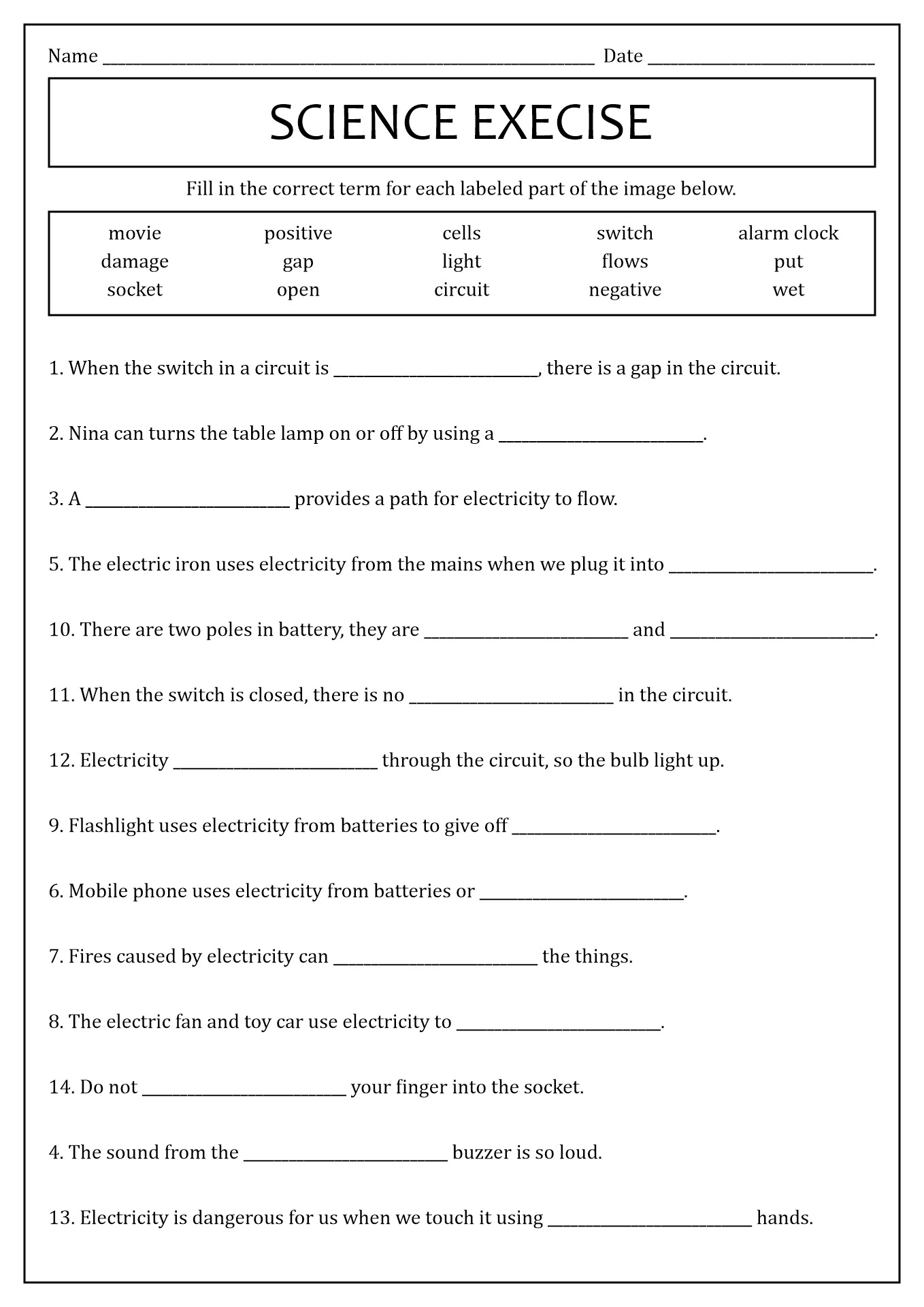
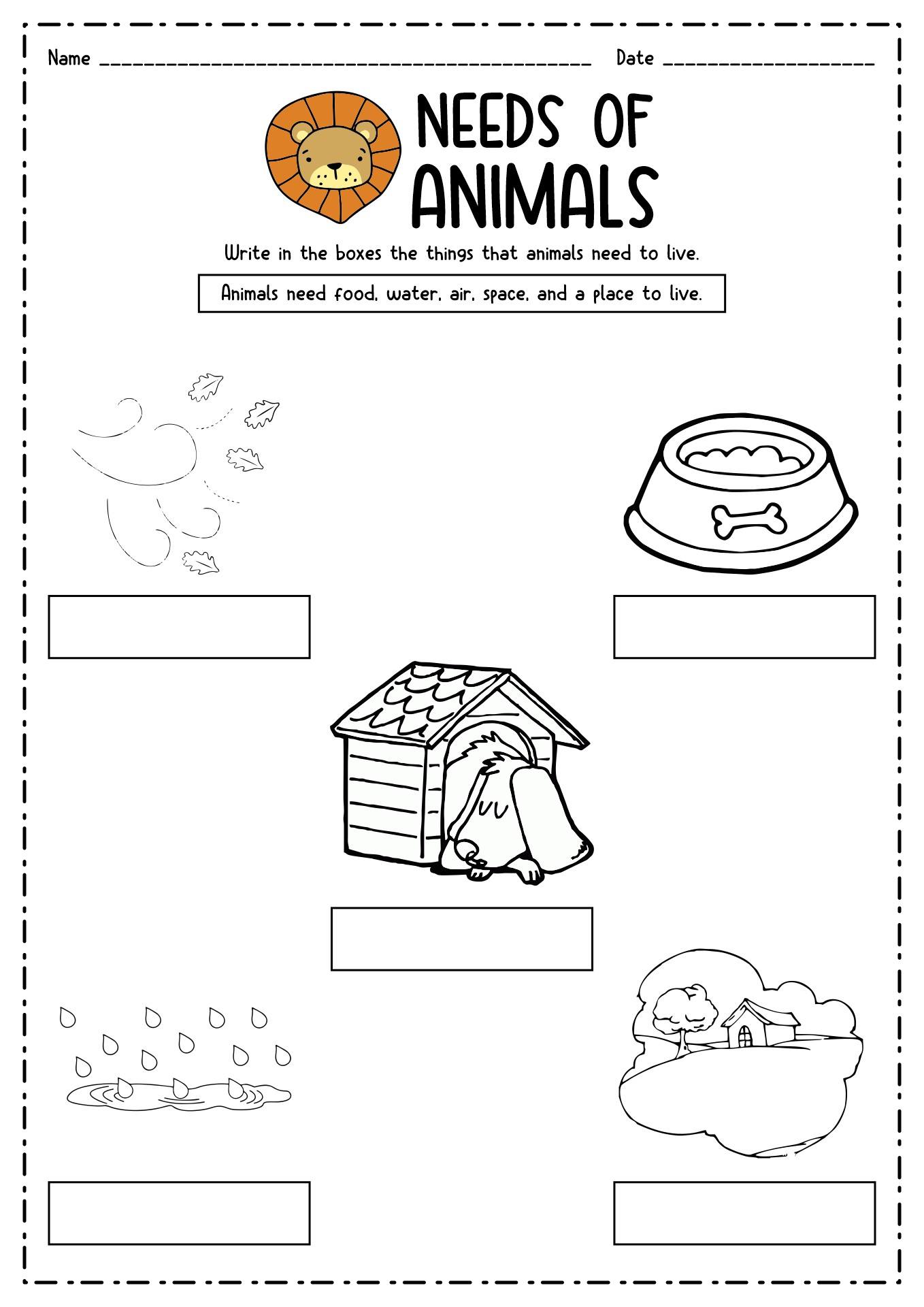
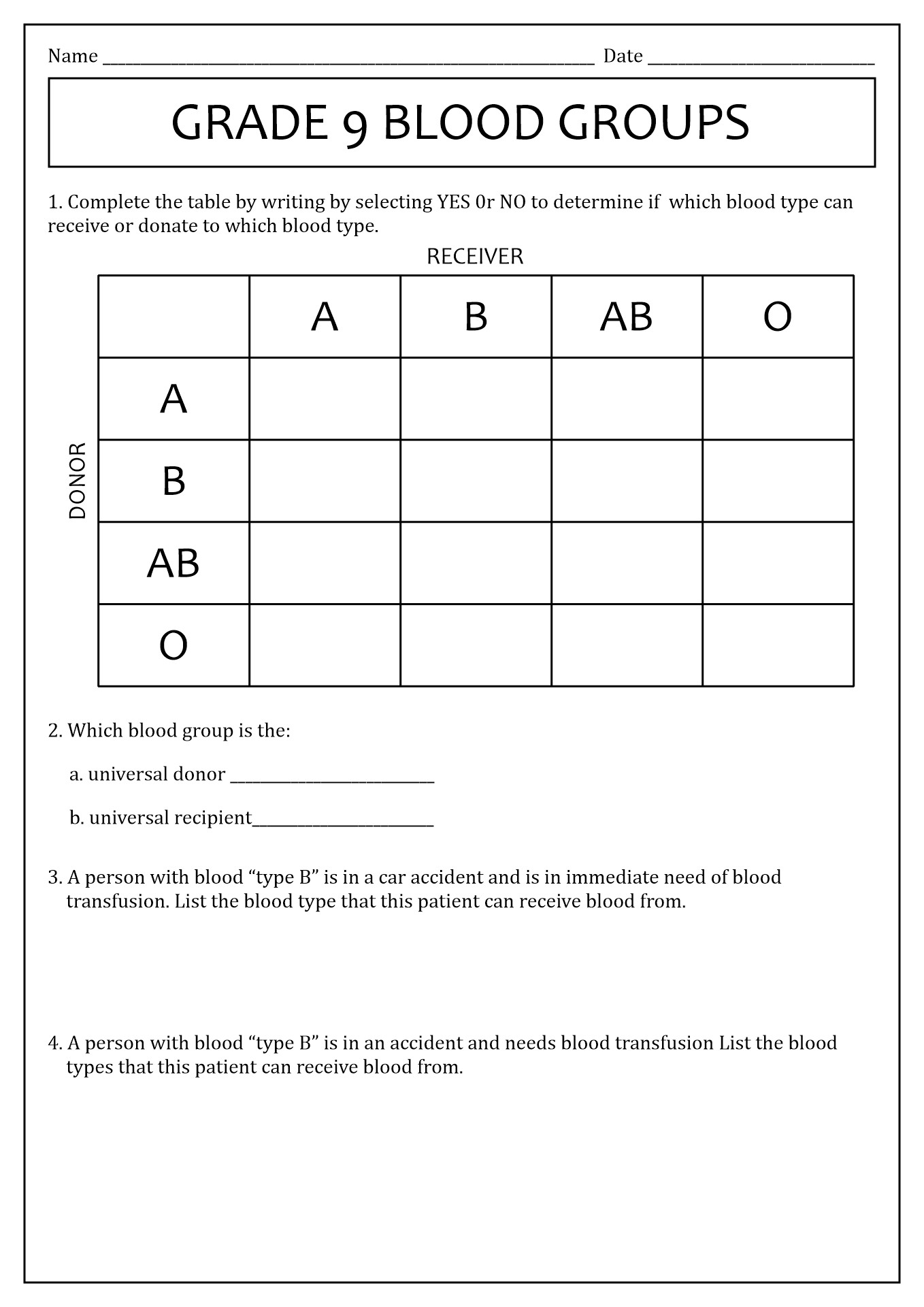











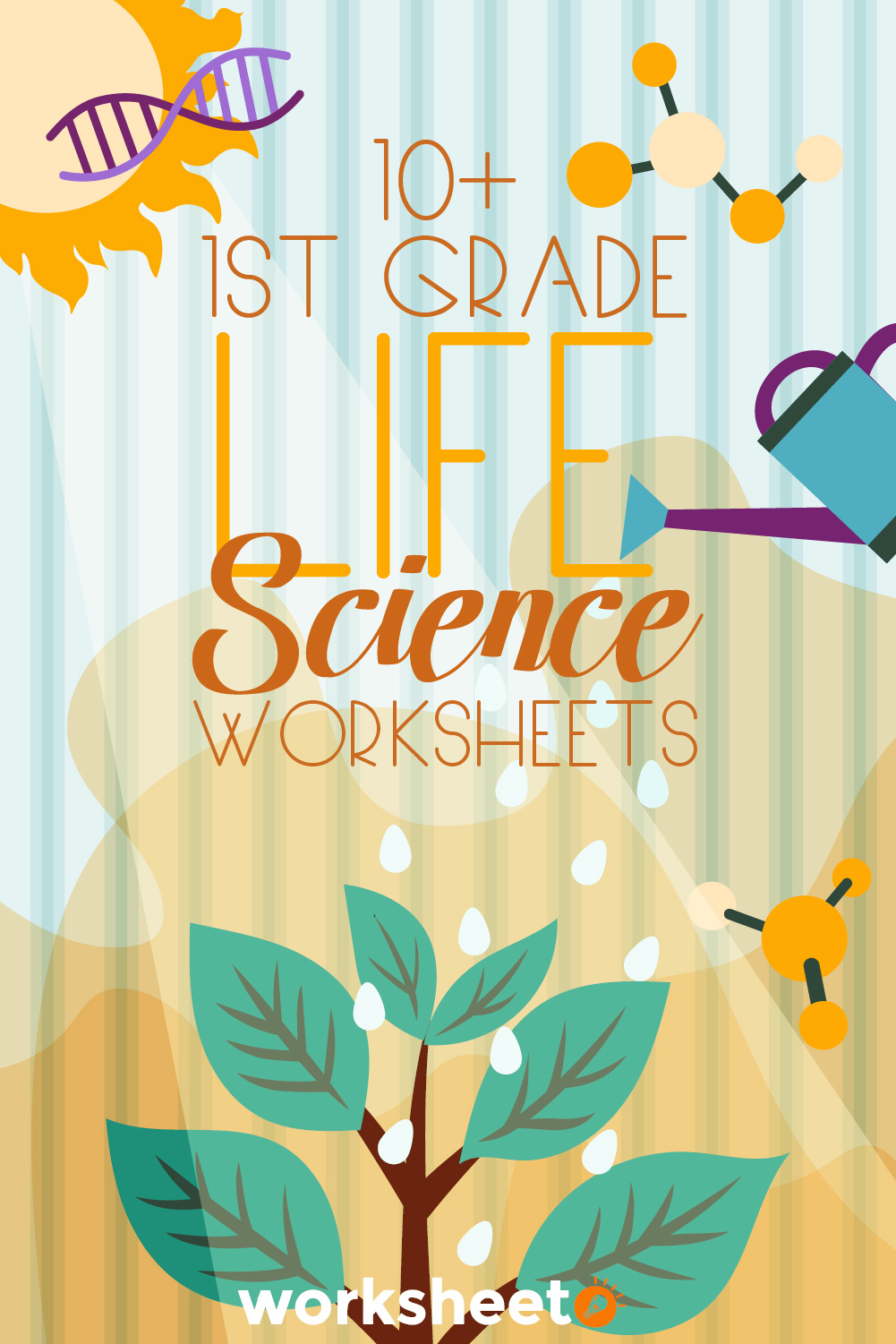


Comments
I found the Science Worksheets All Cells extremely helpful in reinforcing my understanding of cellular structures. The clear and concise format made it easy to navigate and complete the activities. It provided an engaging way to learn about cells without overwhelming me with excessive information. Thank you for creating such a useful resource!
The Science Worksheets All Cells resource is an engaging and helpful tool for reinforcing key concepts in cell biology. It provides a variety of interesting activities that promote better understanding and retention. Highly recommended for students looking to enhance their learning experience!
I appreciate the simplicity and clarity of the Science Worksheets All Cells. It's a valuable resource that effectively reinforces key concepts without overwhelming students. Keep up the good work!
Printable images of science worksheets on cells provide a visual representation and enhanced understanding of cellular structures and functions, making the learning experience engaging and effective for students.
These science worksheets on cells are a helpful and engaging resource for reinforcing knowledge. They provide a great opportunity for students to explore and understand the topic better.